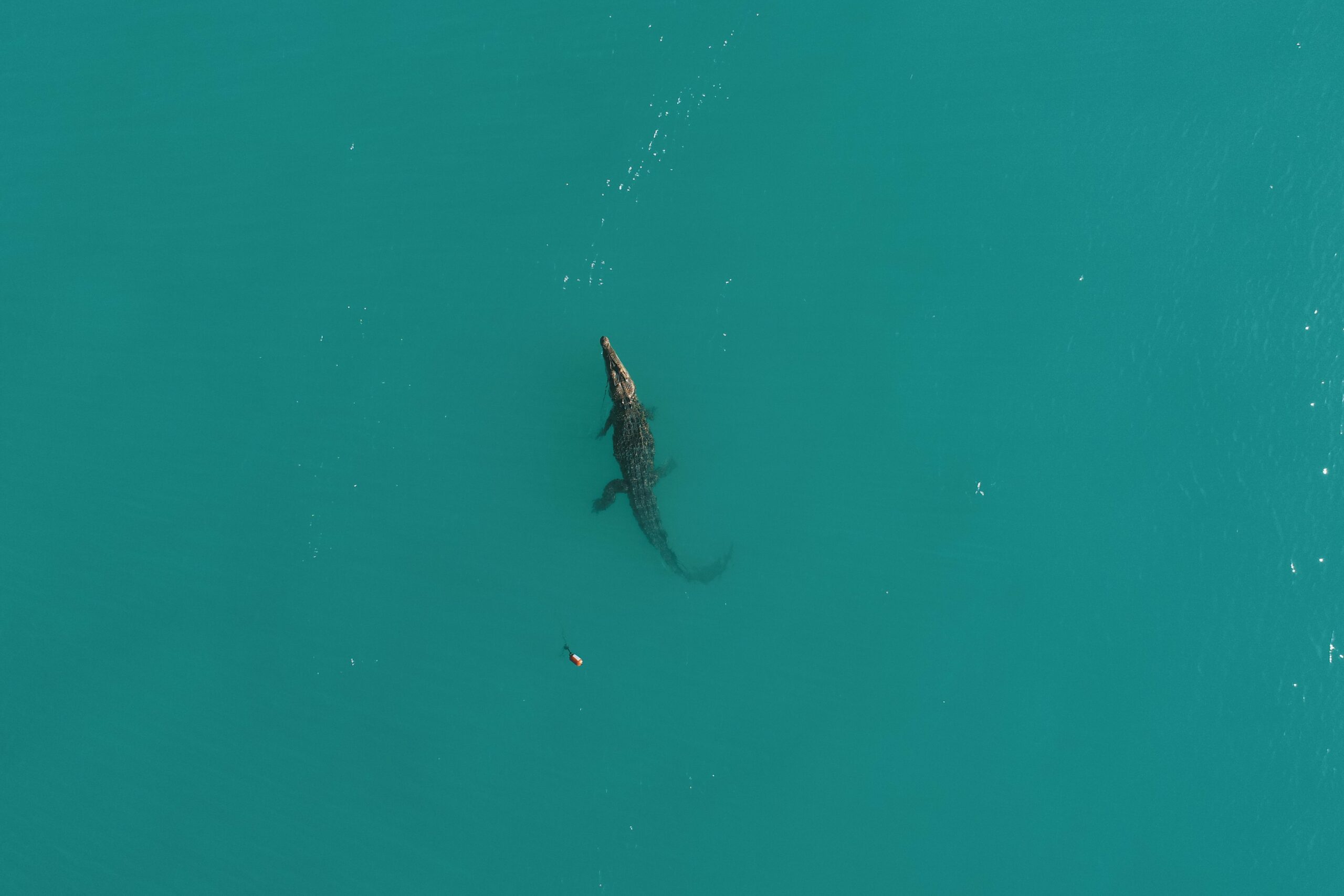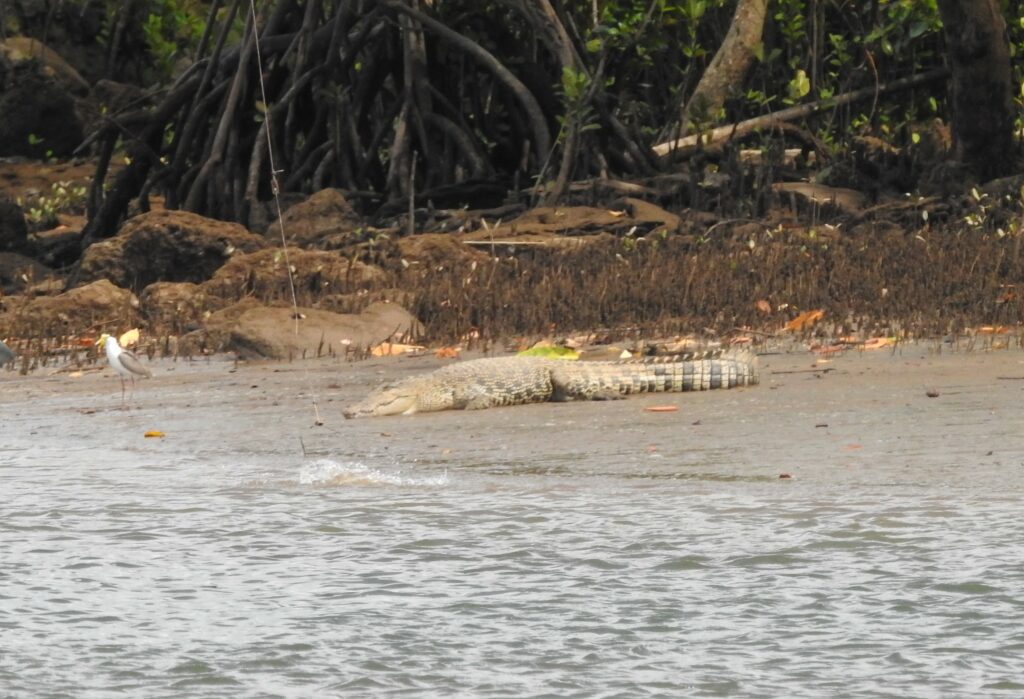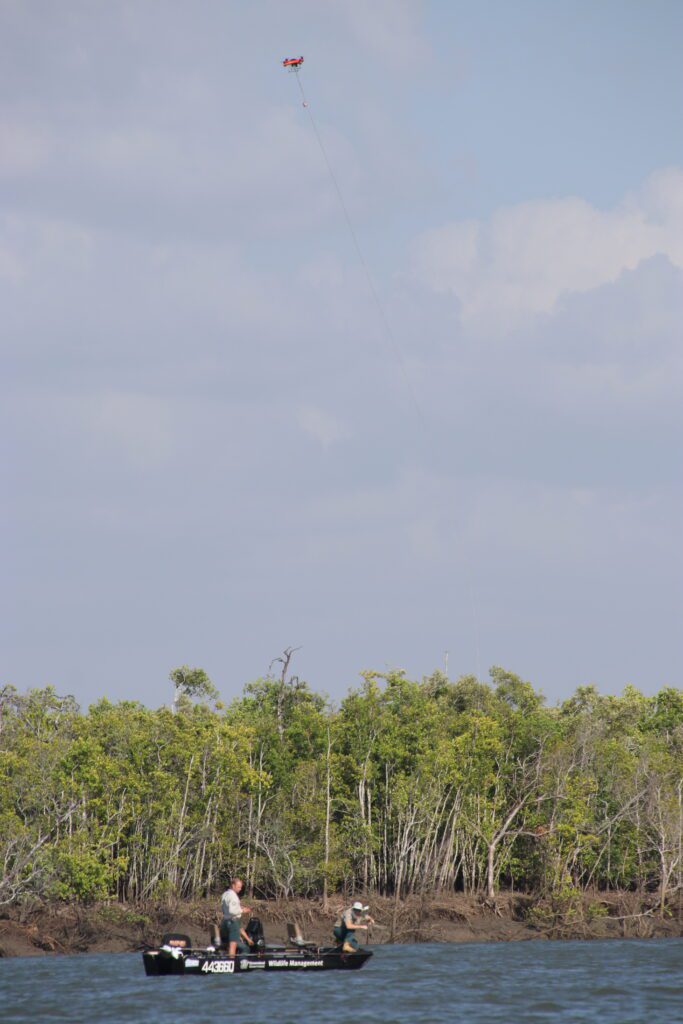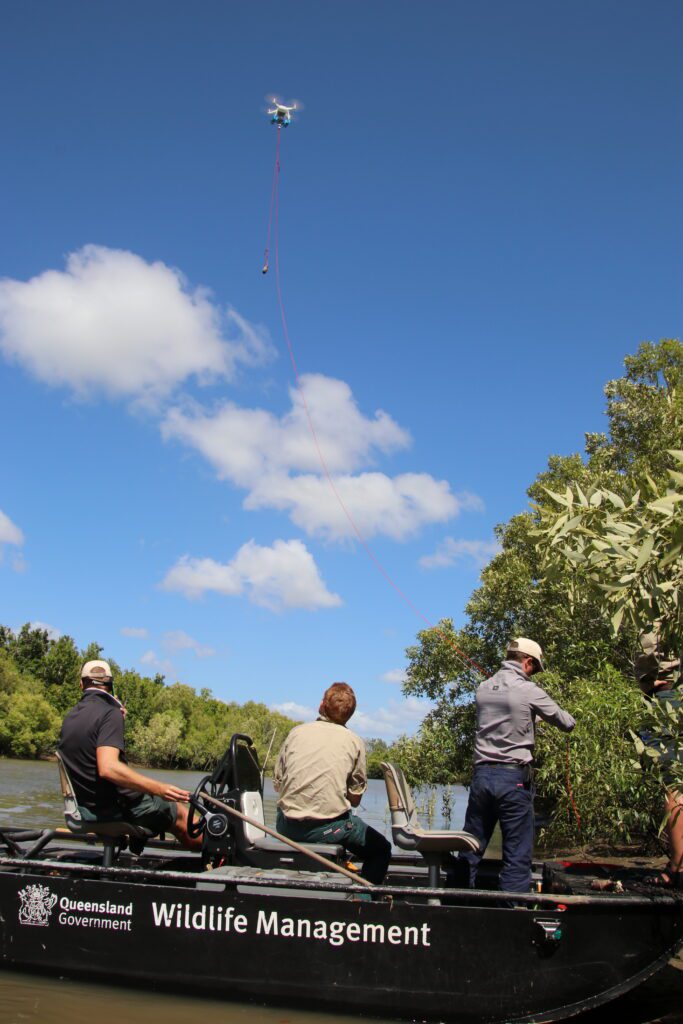
Insights
What a catch! Tackling problem crocodiles with drones
Conservation isn’t always a black and white matter of saving species and maintaining their ecosystem at all costs. Often, it ends up being a matter of balancing the needs of both animals and humans, and finding a happy medium for sustainable coexistence.
Dr Matt Brien understands that. Having poured a lifetime of research into crocodiles, he is now part of the team responsible for the management of the estuarine crocodile population in Queensland. This includes leading a major study to determine the population dynamics of the crocodile population in Queensland, including mapping out DNA links between crocodiles around the state.
But his work has not been without its challenges. More often than not, Brien has found himself dealing with the implications that result from human-wildlife conflict when these ancient reptiles clash with humans.
“In Queensland, we have a much bigger human population than they do in the Northern Territory, and less crocs – but we’ve got enough crocs and people in the same spot for it to be a problem,” he says.
“The animals in and around urban areas pose a real threat to human safety, but in some cases tend to be quite wary when it comes to targeting them for removal. So it can be quite difficult to capture them with standard techniques.”
With a PhD in crocodile behaviour, and what he calls a “universal toolkit” of techniques for capturing crocodiles that are threatening humans, Brien saw a potential use for drone technology.

A Novel Idea for Catching Crocodiles
“One of the things that you learn pretty quickly in dealing with saltwater crocs is that they’re very movement oriented,” he says. “So anything that moves in the water, they will make a beeline for it, and usually end up biting or attacking it, whether that’s a float or rubbish moving around, or actual prey.”
“We sometimes use a technique from Africa that’s basically a noose with some bait at the bottom that is attached to a rope anchored to a tree. The baited noose is strung up over a branch overhanging the water, there’s a counterweight, the croc comes up to grab the baited noose, and when it pulls down, it tightens on the snout and that’s how you capture them.”
“So it got me thinking [that] we could do something similar using a drone and take advantage of the movement response. We went to the Torres Strait and tested out a theory that everybody thought was a bit crazy, whereby we suspended a length of rope [from a drone] with the noose at the bottom, and a bit of bait.”
“Once we saw a croc from about 50m away we put the drone up and started skimming the bait just gently across the water. Straightaway it grabbed it, and we weren’t prepared for it to actually work!”
That first effort ended with the drone pulled into the water. But this novel technique was quickly refined.
While other capture techniques can take days, the drone method usually takes around 15 minutes and is particularly effective with problem crocodiles. Once the noose is around the snout, Brien and his colleagues can bring the boat alongside the crocodile, land the drone and safely transport the crocodile away from the area.
Pragmatic Conservation
“When it comes to large, dangerous predators capable of attacking and in some cases consuming humans, the only way to achieve effective conservation is by having a strong pragmatic management programme whereby your ultimate aim is to have very few crocodiles where there’s lots of people and allow lots of crocodiles where there’s no people,” Brien says.
“As a consequence, people don’t take it into their own hands to go and shoot them. And so we can try and maintain that balance of conservation and public safety.”
The drone technique is also aiding Brien’s crocodile DNA project. Trackers are attached to the crocodiles that don’t pose a threat to humans and a sample of DNA is taken before they are released back into the wild.
Brien and his colleagues in other parts of the country are building a database about crocodile genetics and movement in order to better understand how freely crocodiles in different regions can mix with one another.
“Taking DNA samples and understanding the connectivity of populations all ties back into our knowledge and how we manage these species into the future and make sure from a conservation and management perspective that we have every bit of information that we need to make informed decisions,” he says.



